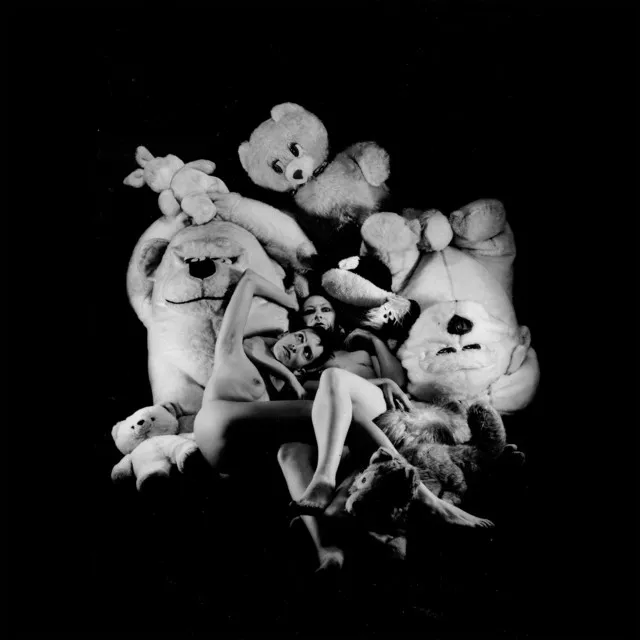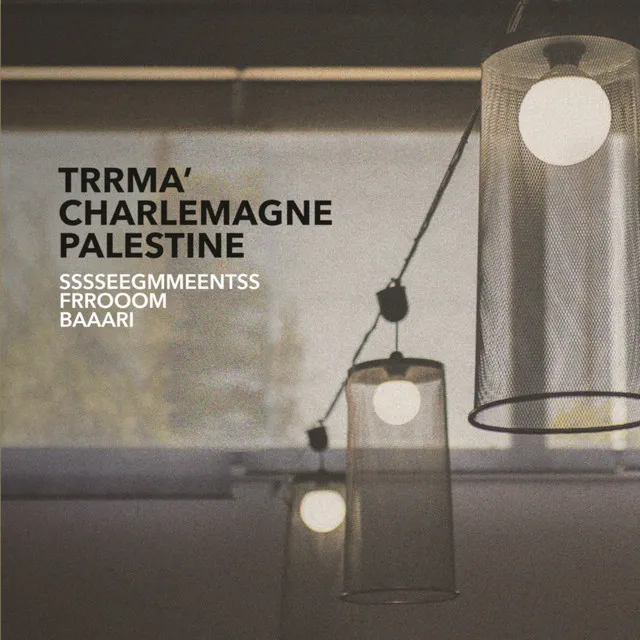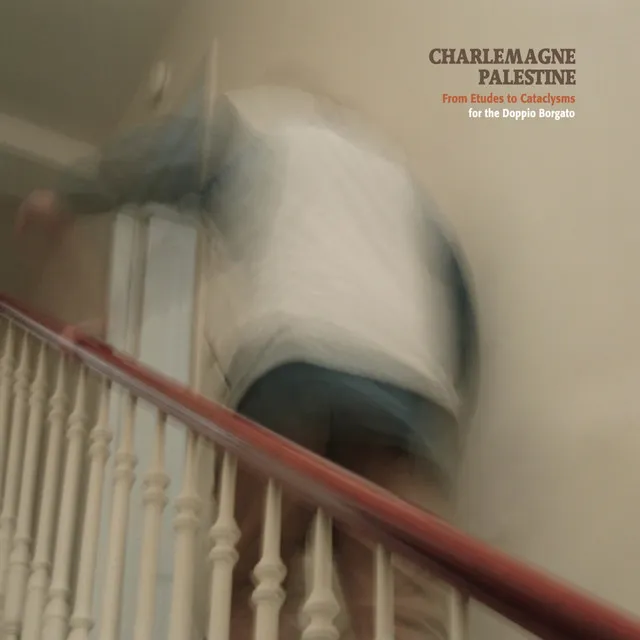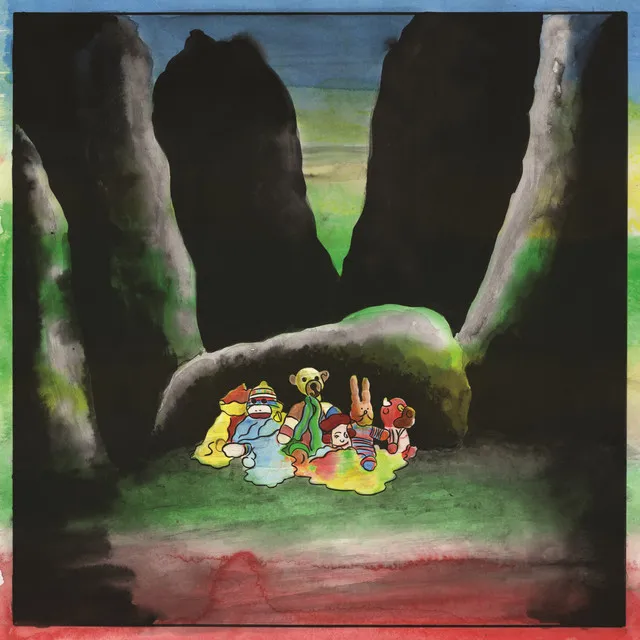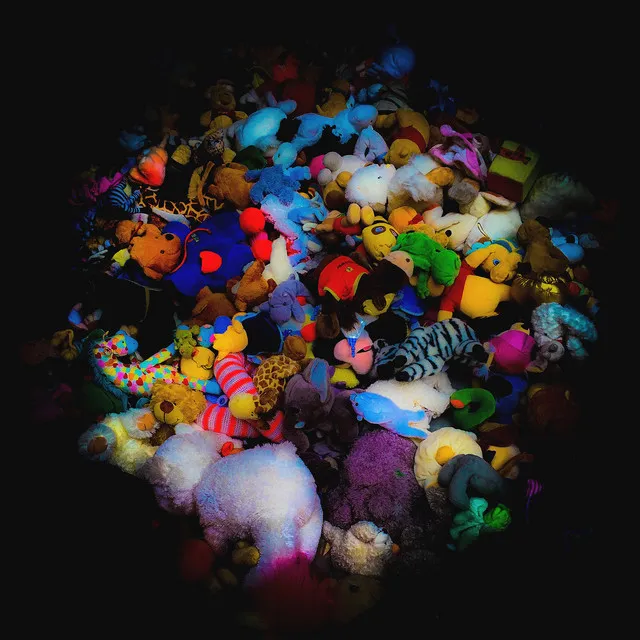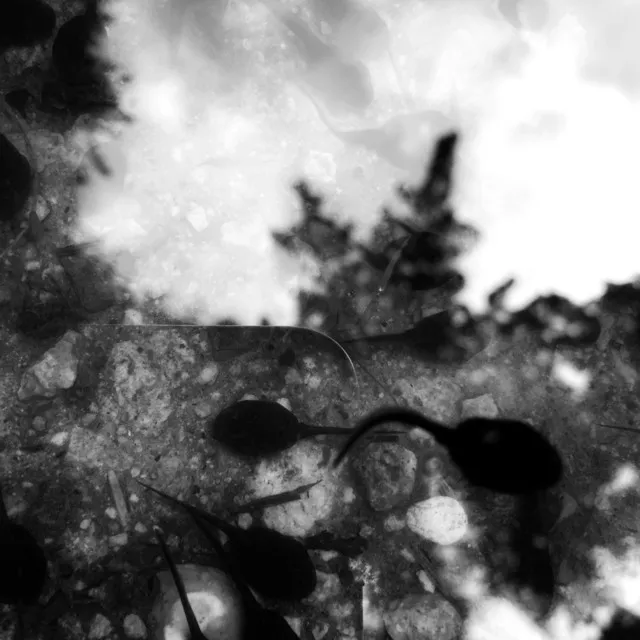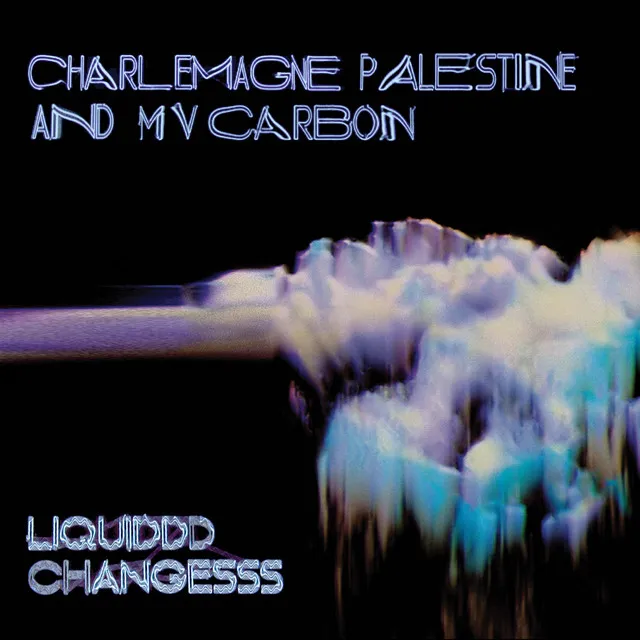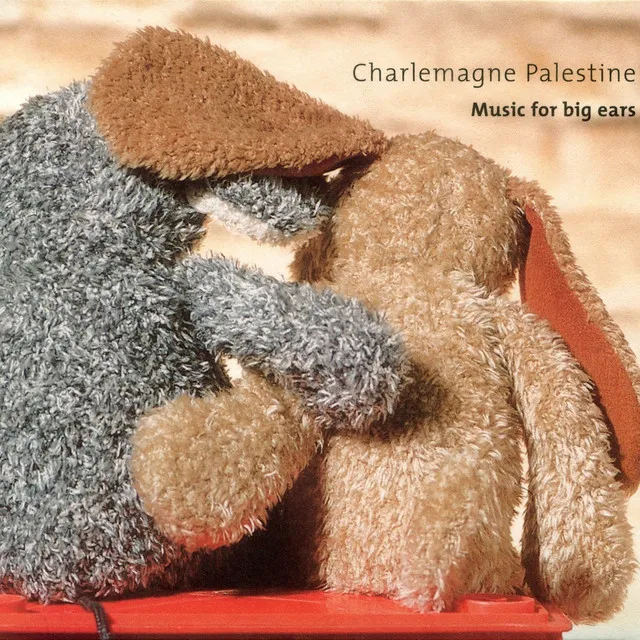A seminal figure in American avant-garde music, composer, visual artist, and performer, Charlemagne Palestine is globally renowned for his loud, percussive, cascading drones on piano and carillon bells in epic-length concerts that, once upon a time, would end with his blood on the keys. He is among the most enigmatic personalities to have emerged from the New York vanguard art scene of the 1960s and '70s. Though often regarded as a peer of minimalist composers such as Terry Riley and LaMonte Young, (who came to hear his carillon music at St. Thomas' Episcopal Church on Fifth Avenue), Palestine refutes the tag. In an interview with the U.K.'s Guardian newspaper in 2010, he said: "There was never anything minimal about my style. If anything, I invented maximalism."
The Brooklyn-bred son of Russian-Jewish immigrants, Palestine (born Charles Martin in either 1945 or 1947, he isn't sure) grew up immersed in the music of klezmer bands and Russian folk songs: He also draws heavily on his experience singing in synagogue as a boy treble, which helped shape his concept of music as an endurance event. A childhood memory of an organ or harmonium is a recurring motif throughout his oeuvre. At age 12 he started playing backup conga and bongos for Beat poets including Allen Ginsberg and Gregory Corso. For seven years, between 1962 and 1969, Palestine was the carillonneur for the St. Thomas Episcopal Church in Manhattan, where he played hymns for 15 minutes and improvised for the remainder of an hour. He eventually composed a work comprising 1,500 15-minute carillon performances. Between 1968 and 1972, Palestine studied singing with Pandit Pran Nath, experimented with creating moving light sculptures with Len Lye, and even composed music for Tony & Beverly Conrad's film Coming Attractions. His performances were written about in both underground and mainstream press. He taught at Cal Arts with Morton Subotnick, and co-created the sound and movement piece Illuminations with Simone Forti, which was released commercially in 2010. In addition, he developed his own alternative synthesizer, the Spectral Continuum Drone Machine. During the '70s, Palestine created a number of recordings privately; three albums in particular have become the stuff of legend: Body Music from 1973, and 1974's Strumming Music and Four Manifestations on Six Elements, all filled with intense, ritualistic music intended by the composer to confront Western audiences' definitions of what is beautiful and meaningful in music. His best-known work Strumming Music, contains just two notes played in rapid succession that amasses trance-like then moves into tone clusters.
In the late '70s and '80s, Palestine, despite a growing reputation in new music circles, began to focus on visual art and left recording behind but still performed live on occasion. During this period of relative obscurity, his explosive performances and groundbreaking musical oeuvre separated him from the commercial brand of minimalism then finding favor in the classical world. In addition, he created videos, sculptures, and visual music scores.
He moved to Brussels in 1995, and exhibited art at the Stedelijk Museum, Amsterdam, the Moderna Museet, Stockholm, and at Documenta 8. During that period he also founded the Ethnology Cinema Project in New York, which is dedicated to preserving films that document disappearing traditional cultures. In 1997, Palestine began recording again. His first offering, Three Compositions for Machines in conjunction with Mika Vainio and Pita, was issued by Staalplaat, followed by the album Godbear in 1998, which had been recorded live in a Washington, D.C. church in 1987. In 1999, he released the vocal and tambura work Hommage à Faquir Pandit Pran Nath with Stéphane Roux and the electronic composition Jamaica Heinekens in Brooklyn.
At the dawn of the new century, Palestine was prolific. In 2000 alone he released five albums of new and archival work. Most notable among them were Mort Aux Vaches in collaboration with Pan Sonic, and the double-length harmonium and vocal work Karenina. In 2001, he issued Music for Big Ears, a solo carillon work on Staalplaat. The following year, Michael Gira's Young God Records released Maximin, a collaboration between Palestine, David Coulter, and Jean Marie Mathoul. Gira participated with the trio in the recording of Gantse Mishpuchah, released in 2004, issued by Fringes Recordings. Two years later, the well-traveled and outrageously busy composer issued recorded collaborations with Perlonex and Keith Rowe (Tensions), and the globally acclaimed An Aural Symbiotic Mystery with Tony Conrad for Sub Rosa. An archival recording from a Paris performance in 1979 entitled The Golden Mean captured Palestine playing two Bösendorfer Imperial Grand Pianos simultaneously. Between 2007 and 2013, Palestine released no less than 20 albums of new and/or archival works, solo or in collaborative roles with Conrad, Christoph Heemann, Rhys Chatham, Z'ev, and Janek Schaefer. His most productive year, however, was in 2015, which saw the release of seven full albums. Among the most notable were Fluxus, with Mama Bär and Franz Kamin, Bells Studies (for carillon and magnetic tape), and the solo organ recital Organo Rinascimentale Non Temperato. Another massive solo organ performance was issued in 2016 as Cathdrale de Strasbourg on Erratum. 2017 was also prolific, seeing the release of four recordings including the acclaimed Omminggg And Schlomminggg in collaboration with Grumbling Fur Time Machine Orchestra, and the archival Arpeggiated Bösendorfer + Falsetto Voice from 1974 on Alga Margen. In 2018 Palestine's experiments on a custom-made analog synthesizer were captured and released on a pair of recordings from Moog Library (i.e. Ttuunneesszz Duh Rruunneesszz and Interrvallissphereee), and his four-month retrospective exhibition and installation at BOZAR, Centre for Fine Arts in Brussels, resulted in the archival offering Aa Sschmmettrroossppecctivve, that contained a self-made recording on a Bösendorfer model 220 in New York in 1974. ~ Thom Jurek, Rovi
